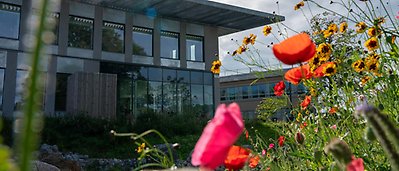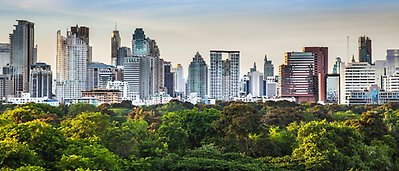Knowledge for a different urban future: a reflection
Summary
What is the role of urban ecosystems and what do we need to know about it? Urban ecosystems jointly woven together into a green infrastructure are central to quality of life of urban residents and for mitigating the environmental impact of the increasingly global plurality known as ‘cities’. Cities appropriate more and more of Earth’s land surface, either for the built cities themselves (Seto et al. 2011) or for the production systems they need for their survival (e.g. Mor-gan & Sonnino 2010; Nyström et al. 2019). However, ‘cities’ and ‘urban’ are somewhat deceptive terms as they may give the impression of homogeneous units with clear boundaries, which is very far from what they are – cities are characterised by small scale mixes of various land uses – from remnant nature and parks to transportation infrastructure, commercial areas and housing areas (from luxury homes to skyscrapers, and including informal settlements). Further blurring definitions, rural areas are in many ways becoming increasingly urban – people are moving back and forth between cities and the countryside and lifestyles are becoming increasingly similar through increasingly extensive and diffuse peri-urbanisation (e.g. Ravetz et al. 2013). For the most part, the urban-isation in Africa is following similar patterns as elsewhere in the world, but it becomes more distinct due to its extent and its rapid development (Anderson et al. 2013). One significant pattern is the anticipated rapid growth in smaller towns and the generally weak state control, the preponderance of feeble for-mal economic sectors, strong linkages between cities and rural areas through circular migration, urban remittances that contribute to rural economies, and rural districts where smaller towns expand and form connected ‘urban’ ag-glomerations (McHale et al. 2013).






